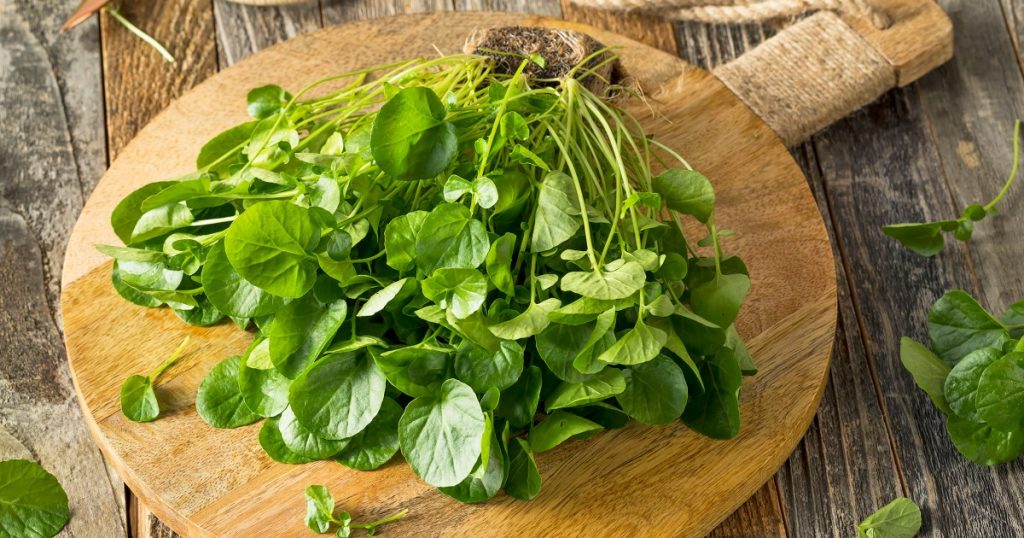Watercress, a leafy green, has been awarded a perfect 100% score on the CDC’s scale of “powerhouse fruits and vegetables.” This nutrient-dense vegetable is rich in vitamins, minerals, and antioxidants, making it one of the healthiest veggies in the world. While watercress has a peppery and slightly bitter taste similar to arugula, it is not widely available in most supermarkets due to low demand. However, its nutritional profile makes it worth seeking out for adding to smoothies or incorporating into warm salads.
One hundred grams of watercress contains 11 calories, 2 grams of protein, and significant amounts of vitamin C, vitamin A, and vitamin K. These nutrients, along with the phytochemicals present in watercress, offer numerous health benefits. Vitamin C is essential for immune function, collagen production, and antioxidant defense, while vitamin K supports blood clotting and bone health, making watercress an excellent source of these nutrients. Research suggests that watercress may be beneficial for conditions such as cancer, diabetes, and cardiovascular disease due to its antioxidant properties.
Studies have shown that consuming watercress may reduce DNA damage, increase antioxidant status, lower LDL cholesterol and triglycerides, and improve blood sugar levels. Watercress extract has been linked to protective effects on heart health by reducing incidences of cardiovascular disease. While watercress extract is not widely available, the healthfulness of the leafy green remains evident. However, individuals on blood thinners need to be mindful of their vitamin K intake as it may interact with these medications.
In addition to its health benefits, watercress has been studied for its ability to reduce post-workout inflammation. Growing watercress at home is also a possibility, as the plant thrives in water and sunlight. Cooking watercress with fat can help reduce its bitterness, making it a versatile ingredient that can be used in various dishes. Despite being underutilized, there are ways to incorporate watercress into your diet, such as adding it to salads or wilting it into warm dishes to enjoy its unique flavor and health benefits.


